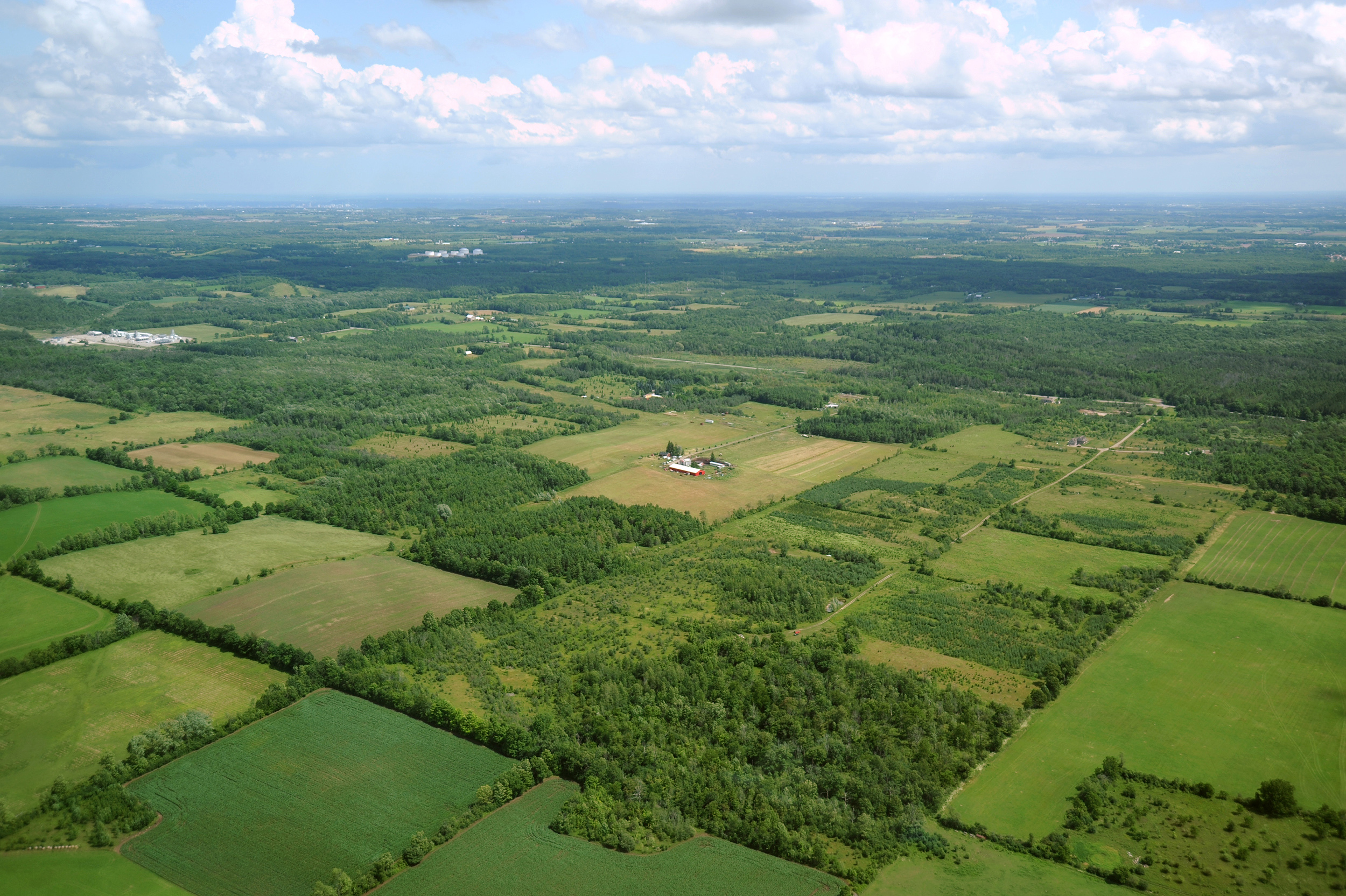WWF-Canada is working towards a future where all Canadian waters are in good condition, by building water-resilient communities, bringing big-water data to decision-making tables and creating a culture of water stewardship across the country.
Loblaw Water Fund
WWF-Canada and Loblaw are proud to support the freshwater community in its efforts to restore and manage our waters.















